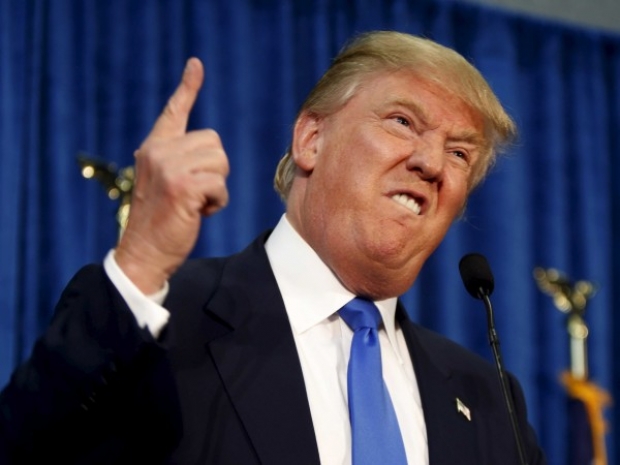Trump said he planned to push ahead with tariffs on $50 billion worth of Chinese imports. While chips were largely spared from the initial list of targeted goods released in April, US trade officials on Friday released a second tariff list of 284 products worth $16 billion that includes the processor and memory chips at the heart of Intel’s business.
Intel could shift its production strategies to avoid much of the blow. Intel produces raw chips at six so-called wafer fabs, with three in the United States, one in Ireland, one in Israel and one in China. From there, chips go to so-called assembly and test facilities.
After that, they are sold to Intel’s customers, large computer brands or contract manufacturers who work on their behalf. Most of those entities are legally based in China because that is where most electronics are built, and that explains why Intel booked $14.8 billion in Chinese revenue in 2017.
Ironically it is Intel’s $12.5 billion revenue from the United States that is at risk. If Intel makes a chip at its US plants in Oregon, Arizona or New Mexico, then sends it to China for low-level assembly work and then brings it back so it can be put into a device manufactured in the United States, the chip would get hit by the tariff.
But Intel also has assembly and test centres in Costa Rica, Malaysia and Vietnam. Chips from non-Chinese wafer fabs sold to American companies that pass through those facilities likely would not be hit.
Dan Hutcheson, CEO of VLSI Research told Reuters he was pretty sure Chipzilla could avoid most of the problems.
Intel does have a factory in Dalian, China where it makes flash memory chips. The kind of flash memory chips Intel makes are not targeted by the tariff list. But the risks of a broader escalation of a trade war could hurt Intel’s efforts to expand into new areas.
Jimmy Goodrich, vice president of global policy for the Semiconductor Industry Association, said chipmakers could be forced to pay tariffs on their own products simply for doing a small portion of the work in China. The assembly and test work that many chipmakers carry out in China makes up only about 10 percent of the value of a chip, with the design and manufacturing making up the bulk of a chip’s value.
“We should be talking about a policy frame work that supports, not slows down, an industry that, unlike many others, still manufactures here in the US”, Goodrich said.

